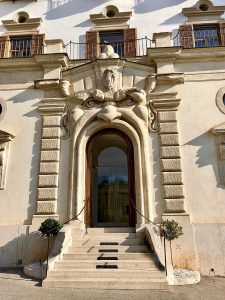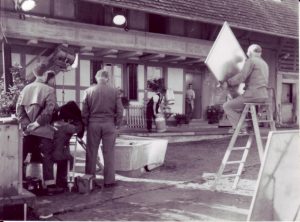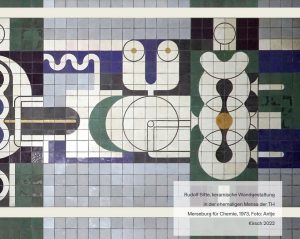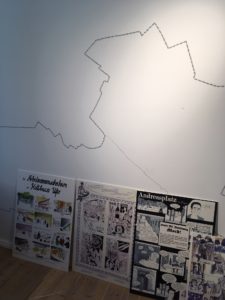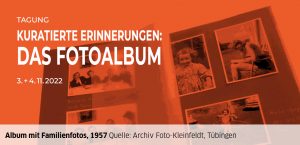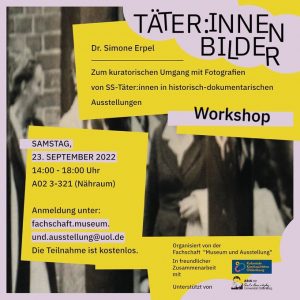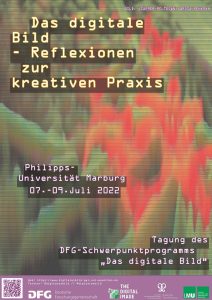A photo-historical seminar for doctoral and post-doctoral scholars, organized and led by Tatjana Bartsch (Bibliotheca Hertziana), Elizabeth Otto (University at Buffalo), Johannes Röll (Bibliotheca Hertziana), and Steffen Siegel (Folkwang University of the Arts, Essen)
Supported by the Alfried Krupp von Bohlen und Halbach Stiftung, Essen
Deadline: October 20, 2022
Rome, Italy The Bibliotheca Hertziana – Max Planck Institute for Art History is a German research institute. It was founded by a donation of Henriette Hertz in 1912 as a Kaiser Wilhelm Institute. Foto: Sonse, Rom, 15. November 2018. Quelle: Wikimedia Commons, Lizenz: CC BY 2.0
Photo-historical research engages a vast array of materials.
[...]
Quelle: https://visual-history.de/2022/10/07/cfp-archival-absences-an-incomplete-history-of-photography/
